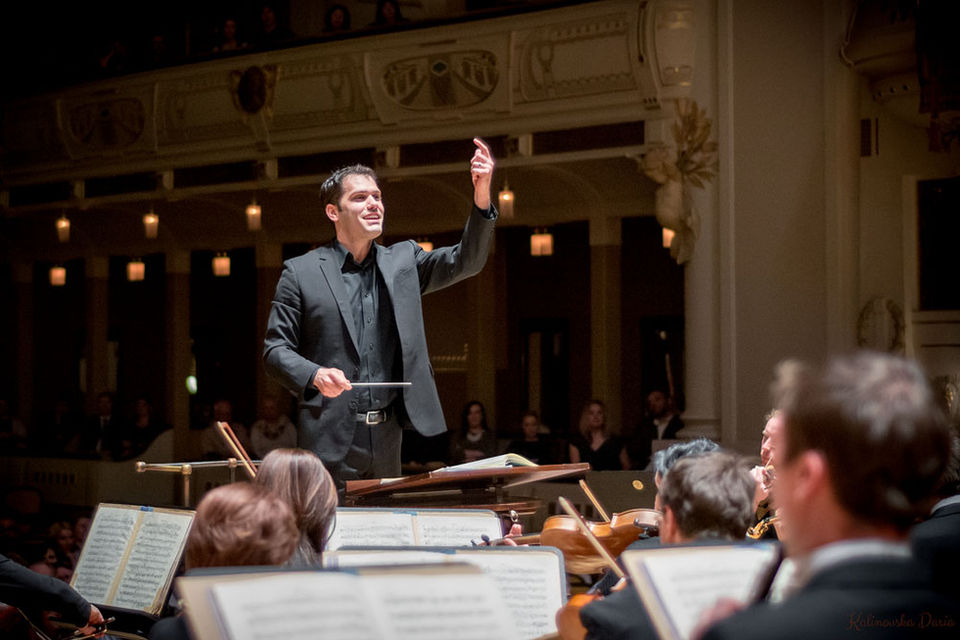"It’s About Time: In the beginning, we’re told, was the Word. Our worldview is a “word-view”. But the musician in me nods along to the rhythmic textures in the Judeo-Christian account of Creation—its subdivisions of days and nights, its ornamented opposites composed into an irregular 7-beat bar that ends with a Rest. We can’t be certain about music’s origins because our capacity for music, evidently our need for it, is among the earliest human universals. Recent research suggests it predates language in a way that even the Darwinists – who first looked for the origin of language in birdsong – couldn’t have conceived. Some evolutionary theorists point to rhythmic synchrony as a survival strategy: rhythmic efficiency in cooperative work, loud rhythmic noise as a first-line defense against would-be predators, the tiptoe rhythm of hunters advancing stealthily on prey. Regardless of precisely how and when in human development it came about (or what bio-evolutionary functions it may have served), the genesis of music is rhythm, not melody. Even pitch – the frequency of oscillations – is really all about time. And melody cannot be fashioned from those pitches without rhythm to pattern it.
It’s not difficult to imagine the progression of rhythm from a practical role to a spiritual one. Before music, time could only have existed for early humans in terms of inexorable natural cycles, marked by the movements of remote objects in the sky. Rhythm, on the other hand, is literally within us: heartbeat and breath. It is time in physical form. Felt, measurable, manipulable. Musical rhythm projects those intimate, visceral pulses into communal space, triangulating the individual, the societal, and the cosmic. Although “harmony” has been the musical metaphor of choice for “interconnectedness” since ancient Greece, it is really the unifying principle of rhythm that stirs us to common purpose. Music, before it was orphic, was promethean. Commandeering time, sharing it.
Time Re-Structured: Music is certainly much-evolved in both scale and complexity, but the power of pulse is what animates it still. Unity – connecting the inner life with the outside world – was music’s first promise, and it remains its most compelling gift. Large, intricately-layered musical structures make that unity more powerful to experience, but also more difficult to achieve. The special challenge to artistic coherence is maintaining the impression (illusion, really) that every musical “event” of a composition flows inevitably from one to the next. Assembling the component parts of a piece in sequence, even beautifully, does not ensure that coherence will be achieved. The most structurally sound musical composition can certainly advance the cause or suggest how it might be brought about, but coherence can be fully rendered only in performance. (Fittingly, the word “performance” comes from the French “to furnish or complete thoroughly.”) In an interpretive artform, there is no one way to achieve a coherent musical performance. But when coherence is fully achieved, it produces a musical tension/attention measured in gazes fixed, hairs raised, breaths held, heartbeats skipped. And when coherence is lost, so too is our firm grip on the audience. We can measure that in fidgets and yawns.
I think of rehearsal in three stages. The first is synchrony. For a large ensemble spread across a stage, playing difficult music together is already tricky, though, of course, manageable with practice. (Even without a conductor.) The second is conformity – not some rigid “sameness”, but progress toward the critical goal of thinking and feeling the same way about the music. This is achieved moment-to-moment and section-to-section, but stops short of complete synthesis. Finally, that moment of synthesis, or unity. My goal is to generate a stable structure of musical time, where everything feels, for all its variety and drama, inevitable, fated. And it is my most daunting challenge in an evening-length musical performance. With opera, this challenge is magnified. The musical forces are strewn across a larger area and the musical form is generally more diffuse, a fact which some opera performances seem to construe as an invitation to ignore structural coherence altogether. (I think this unforced error can imperil the artform–but that’s a topic for another day.)
Time Regained: I don’t want to generalize about what makes music “beautiful” or “meaningful”. Music has so much to offer, there’s no need to give one name to the pleasure it offers or the significance it contains. But whenever I consider the source of its extraordinary hold on the part of our brain that knew how to hear music even before it could grasp language, I am struck by this idea: Music isn’t merely sound organized in time, it is time. Textured time. The larger the scale, the greater the reward, the heftier the risk.
The risk is that structure sags, tension slackens, the spell breaks. The reward is a kind of trance. Enriched, ornamented time made possible by several kinds of hard musical work. Careful analysis in preparation for rehearsal to understand how the piece is structured. Disciplined collaboration in rehearsal to map a path to coherence. Intense concentration in performance to accomplish it. The result of a great performance is time slowed, stolen back from the inexorable rhythms of nature. If you walk out of a performance and guess that it's 9:00 when your watch says 10:15, then we musicians have done our job in resetting your clock. "


